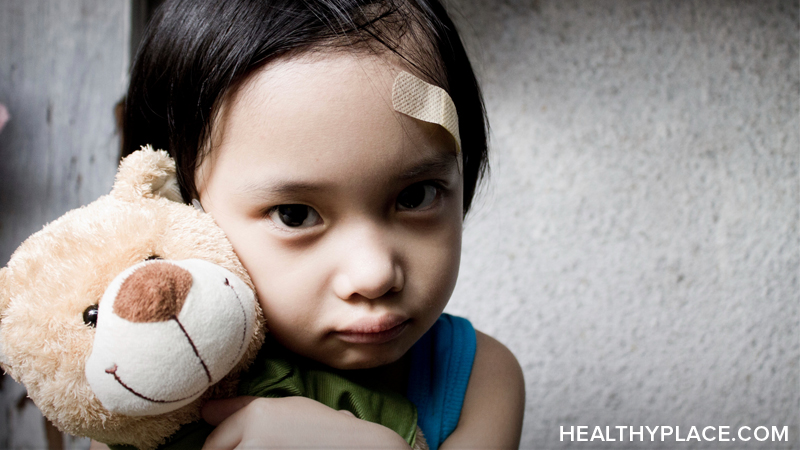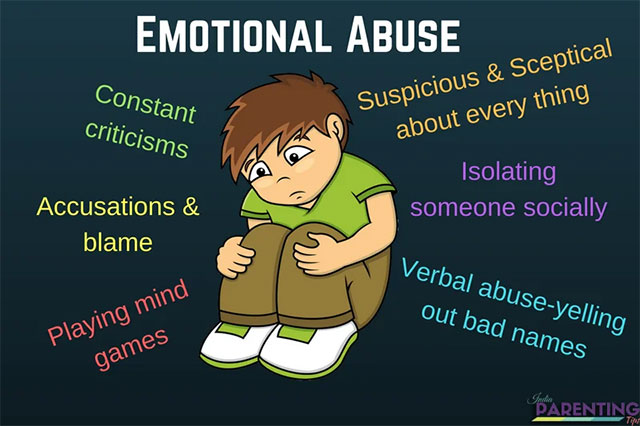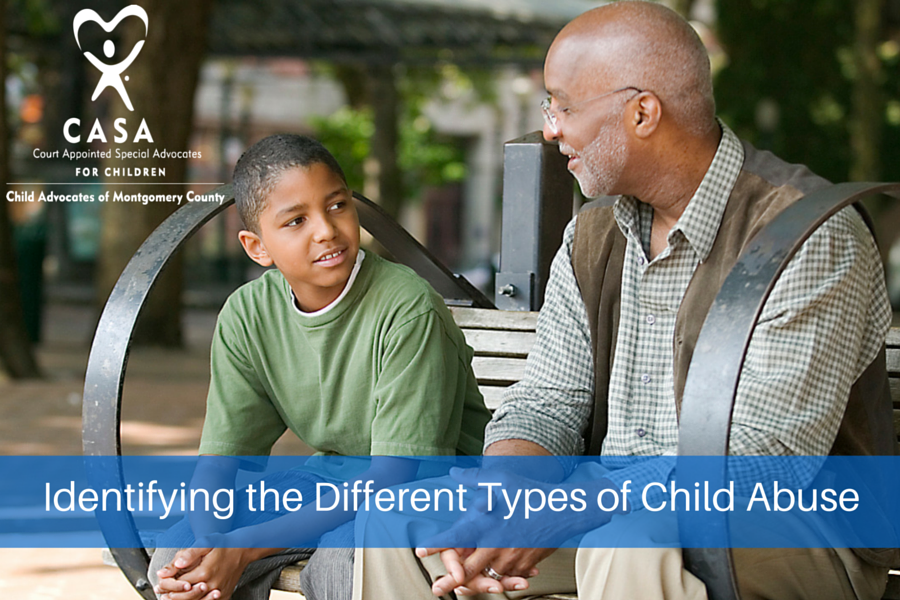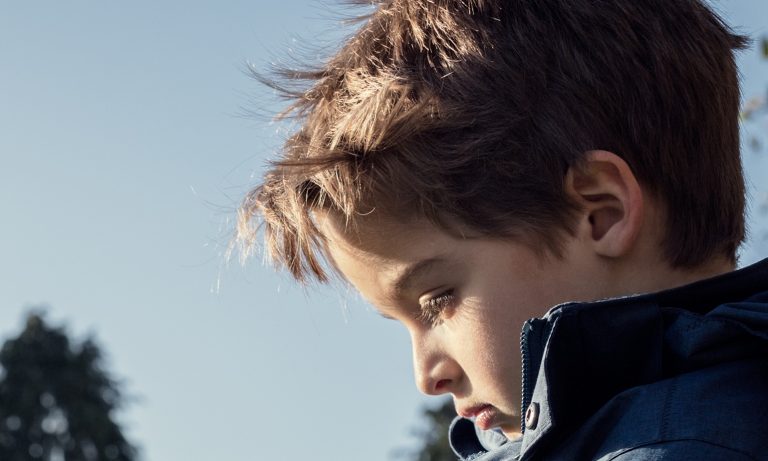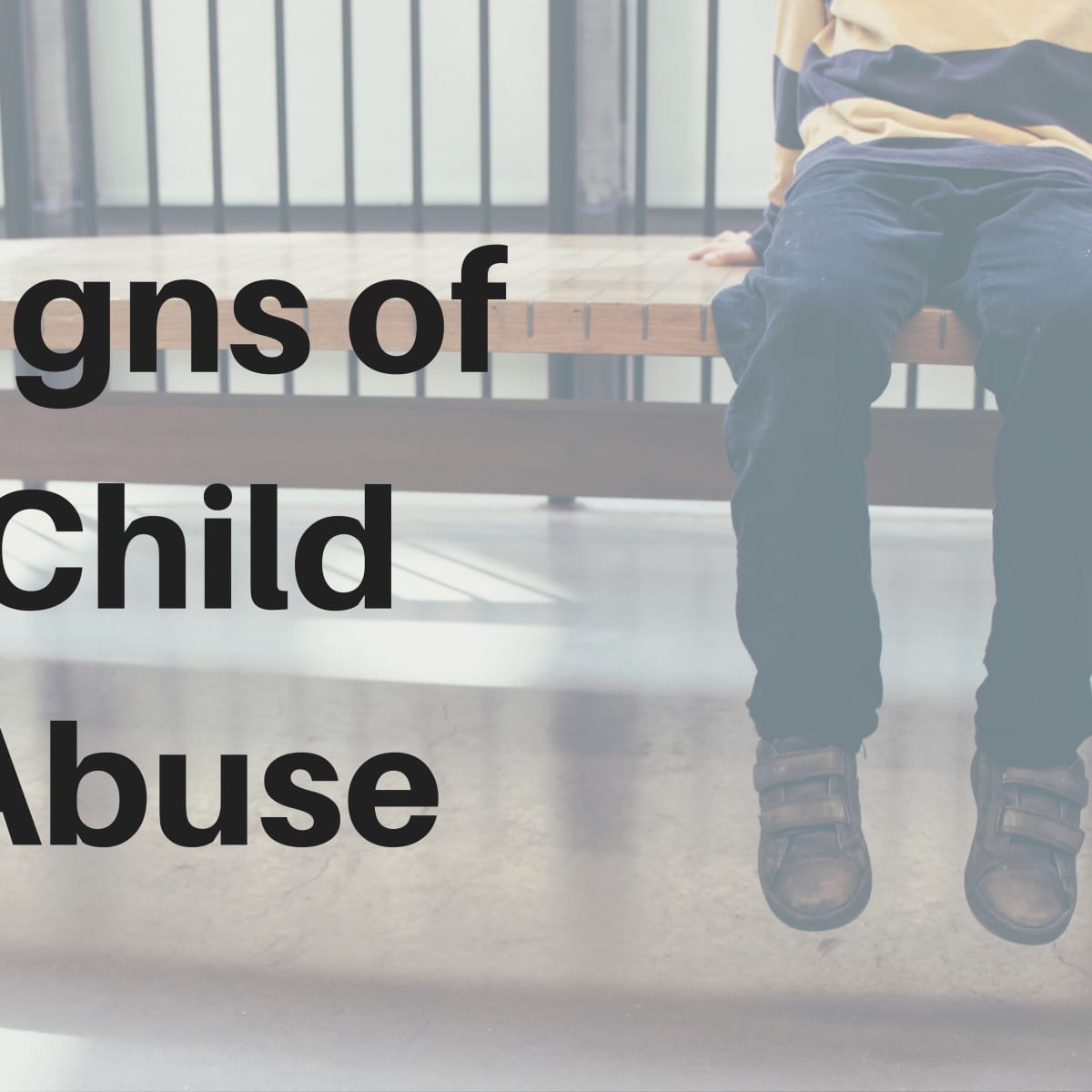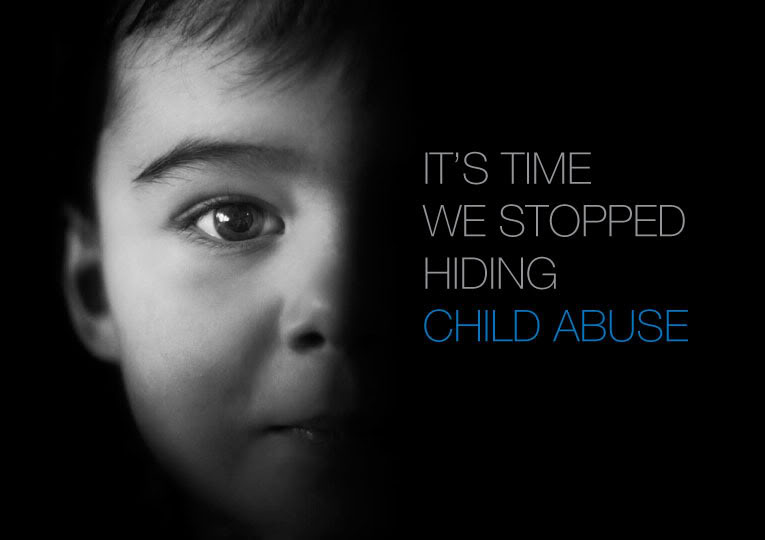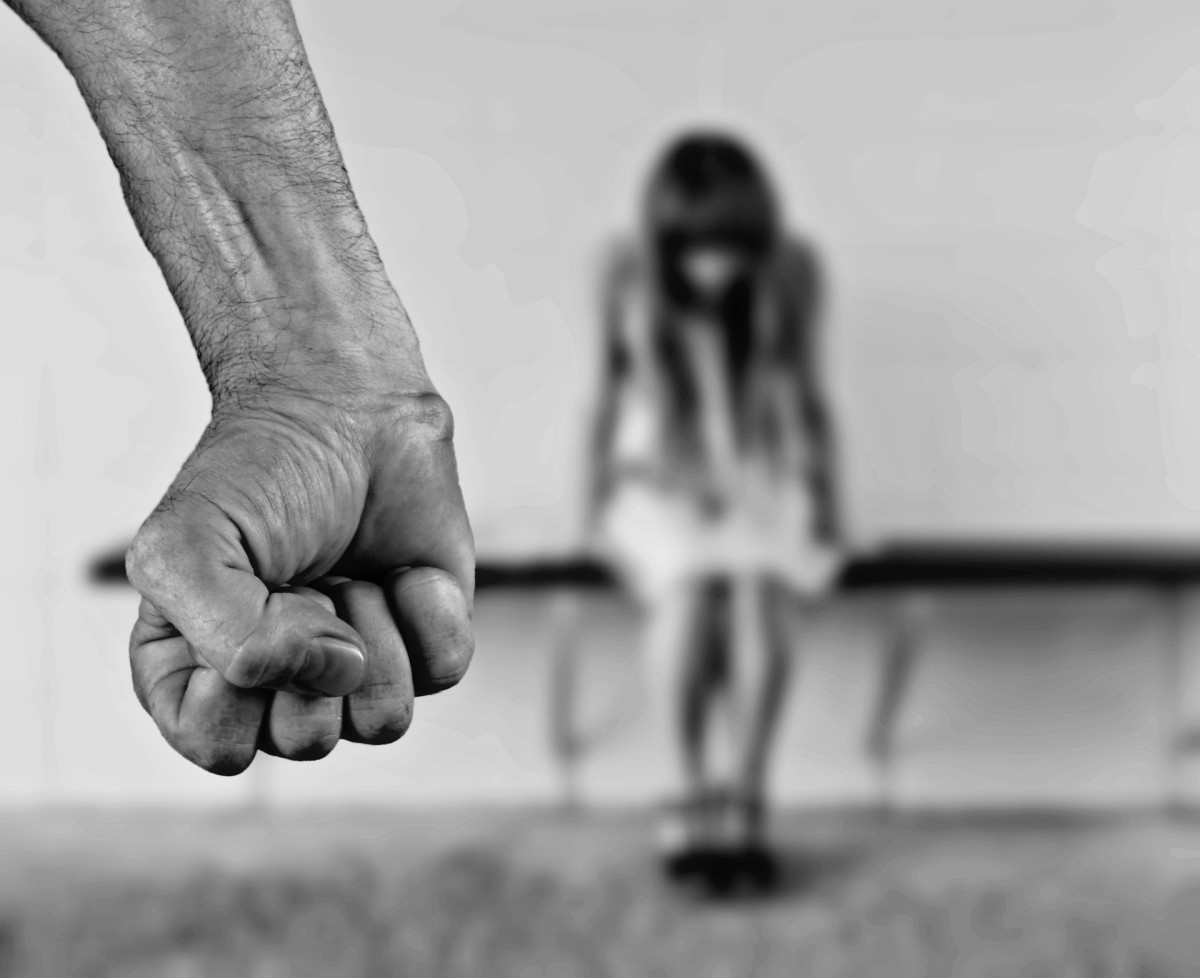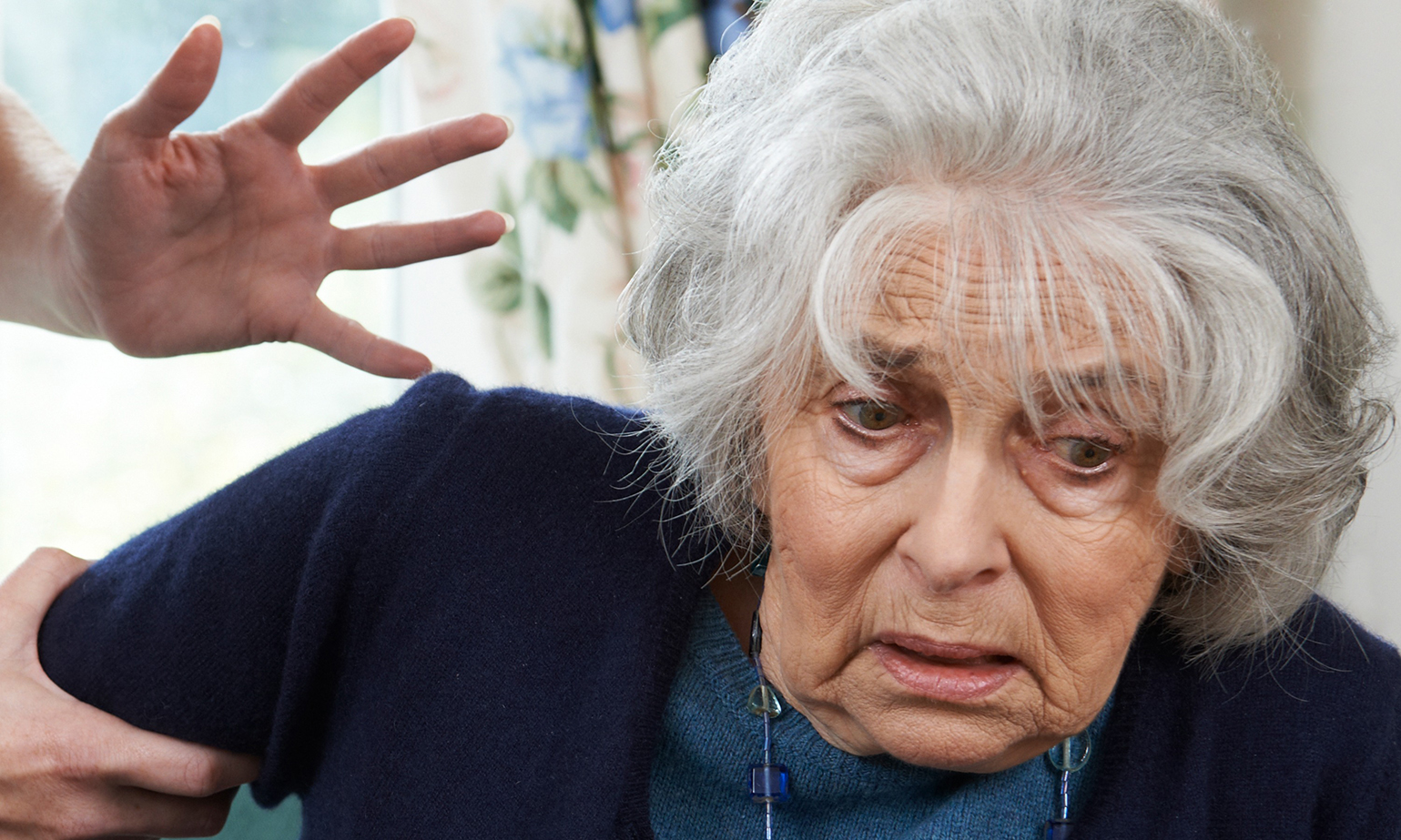Awesome Tips About How To Spot Physical Abuse

Potential indicators of physical abuse include:
How to spot physical abuse. Expects the child to provide attention and care to the parent and seems jealous of other family members getting attention from the child. The less obvious signs may include: Cuts bruises burns restraint or grip markings black eyes unusual behaviour, such as repeated.
Physical elder abuse is the intentional use of physical force that results in injury, pain, or impairment. It can include beating, shaking, kicking, and burning. Poor bond or relationship with a parent.
Presents information on the different types of child abuse and neglect as well as signs and symptoms of physical abuse, sexual abuse, emotional abuse, neglect, and parental behavior. Since emotional abuse doesn’t leave. Physical signs of abuse, such as bruises, wounds, fractures and other untreated injuries the same injuries happening more than once not wanting to be left on their own or alone with.
It's important to remember that physical abuse is any way of intentionally causing physical harm to a child or. According to childline gauteng there are a number of physical and behavioural signs that may indicate abuse. This type of abuse doesn’t involve physical violence, though it might involve threats of violence directed toward you or.
The outward, visible signs are usually the first indication that someone is experiencing physical abuse. Bruises and marks under clothing. Actions like punching, kicking, slapping, pinching, whipping, beating, or any other form of injury is considered physical abuse.
Abuse can happen to any older person. Antisocial behavior (older kids) like truancy, drug abuse,. Keeping an eye out for this kind of bruising can help you to identify if this type of activity is being done against your loved one.

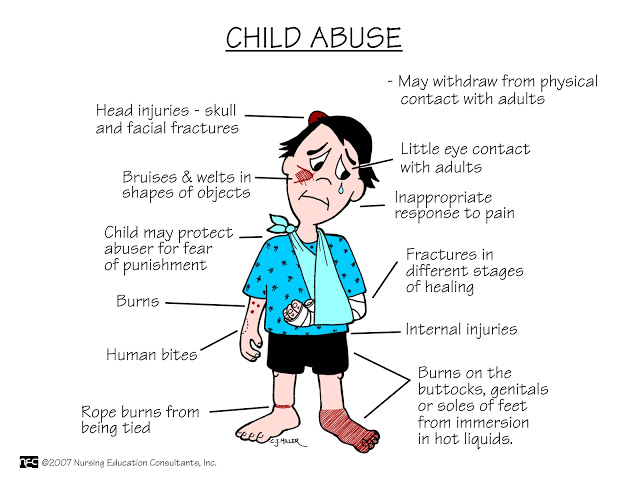
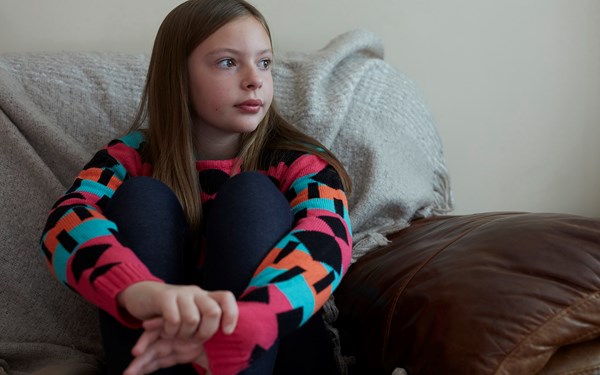

/identify-and-cope-with-emotional-abuse-4156673.png_V2-a315b1a6c140405ba9f65c85d5473647.png)

